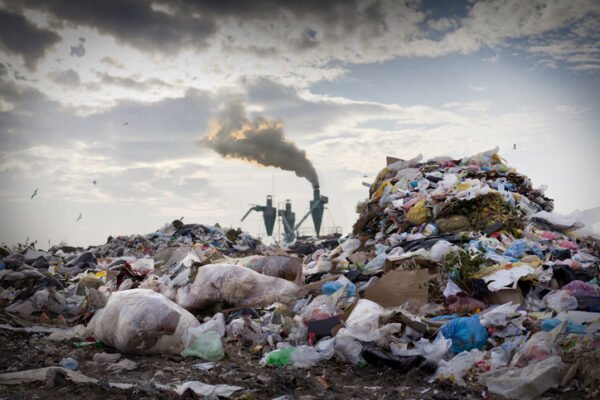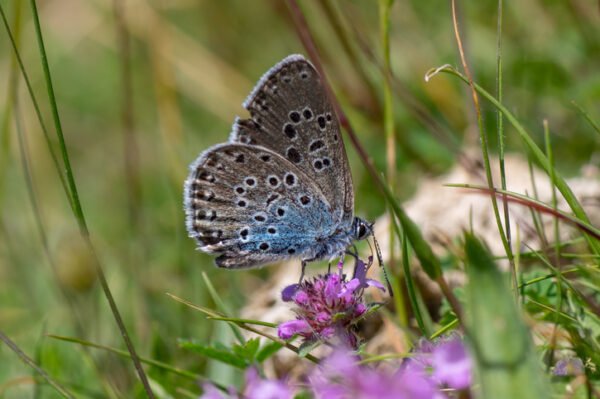Butterfly Conservation has today (07 October) released data on the number of butterflies and day-flying moths counted across the UK in this year’s Big Butterfly Count, which ran from 16 July – 08 August.
Worryingly, the decline in the number of butterflies and moths across the UK is continuing, with the overall number of butterflies recorded per count at its lowest level since the Big Butterfly Count began 12 years ago.
Record number of counters
The nation’s love of butterflies isn’t diminishing. Despite the low butterfly numbers, and relatively poor weather, more butterfly counts were submitted than ever before.
Over 150,000 counts were registered, representing more than 38,000 hours of butterfly counting in gardens, parks and the countryside.
‘This year’s results show that the average number of butterflies and moths per count is the lowest we’ve recorded so far. On average people counted nine butterflies or moths per count, which is down from 11 in 2020, and down again from 16 in 2019. More counts are undertaken and submitted year on year, but it seems that there are fewer butterflies and moths around to be counted.’
DR ZOË RANDLE
Senior surveys officer at Butterfly Conservation
Tortoiseshell in decline
Some of the UK’s most-loved species, including the small tortoiseshell and peacock butterflies, dropped in numbers this summer.
The iconic peacock butterfly suffered its lowest numbers since 2012. The small tortoiseshell, once a frequent visitor to gardens in the UK, had its third-worst summer in the history of the Big Butterfly Count and shows a significant long-term decline in Britain.
The impact of weather
It wasn’t bad news for all species, with some – including the marbled white and ringlet – appearing to bounce back from their low numbers during last year’s Big Butterfly Count.
However, scientists at Butterfly Conservation warn that last year’s unusually sunny spring allowed them to emerge earlier, and that 2021’s results are therefore more typical for these species.
This year’s weather has had a significant impact on butterfly and moth species, and with more climate change related extreme weather events likely, the impact on some of the UK’s most loved insects could be devastating.
 Play Video about This Rock Might Just Save The World
Play Video about This Rock Might Just Save The World Play Video about Play 2 hours of rock
Play Video about Play 2 hours of rock Play Video about Play 2 hours of brook
Play Video about Play 2 hours of brook Play Video about Play 2 hours of sheep
Play Video about Play 2 hours of sheep














































